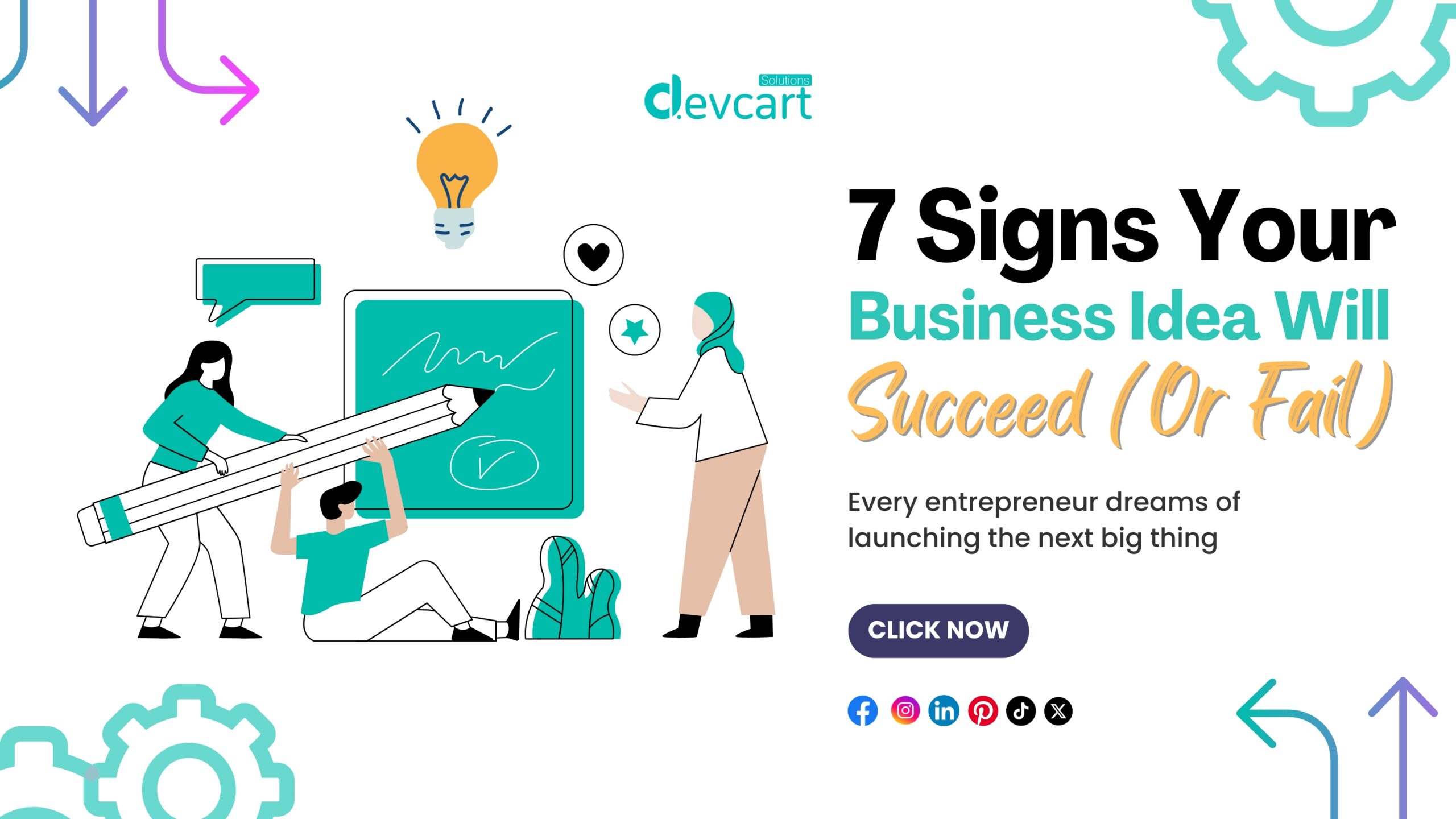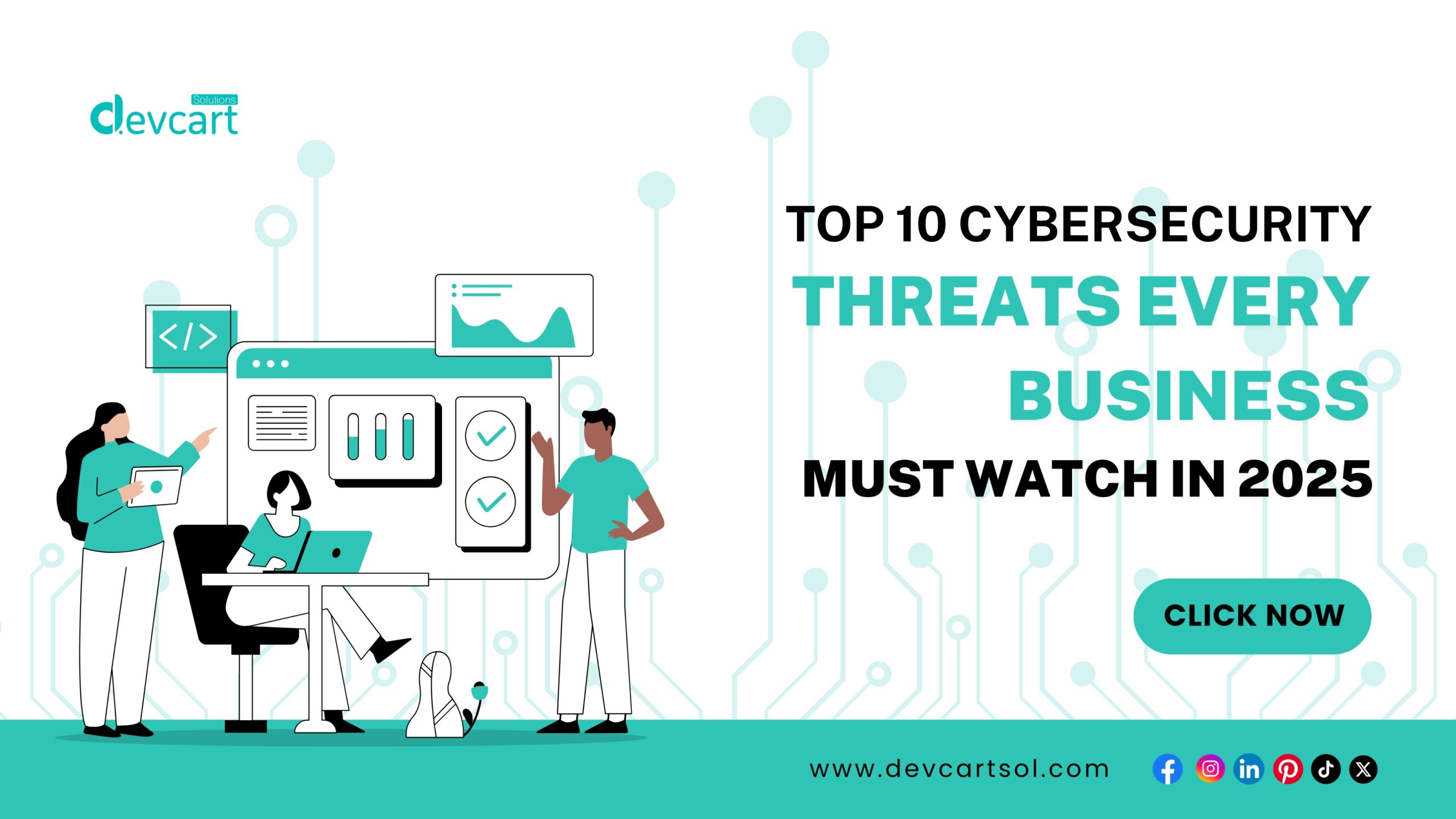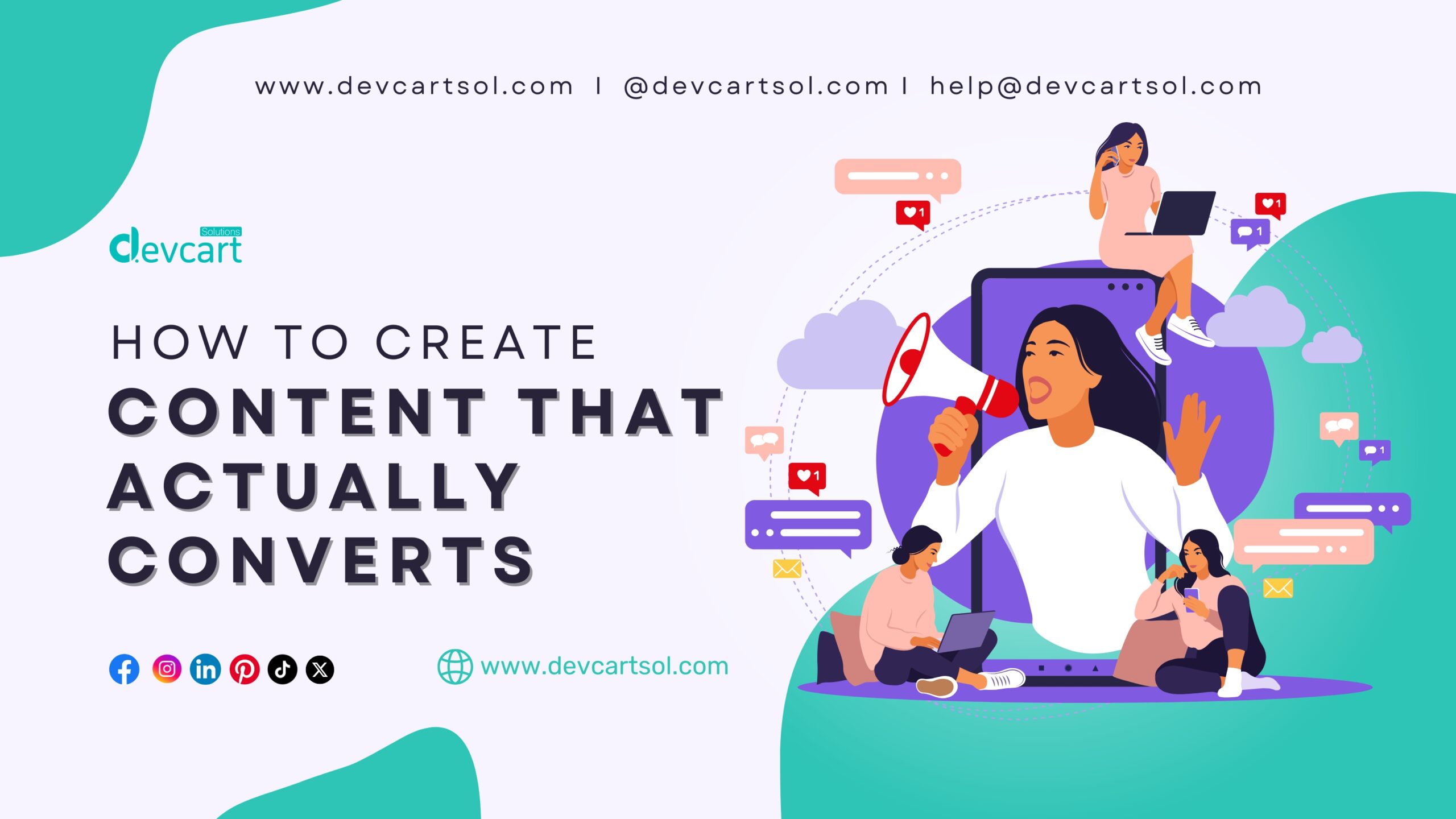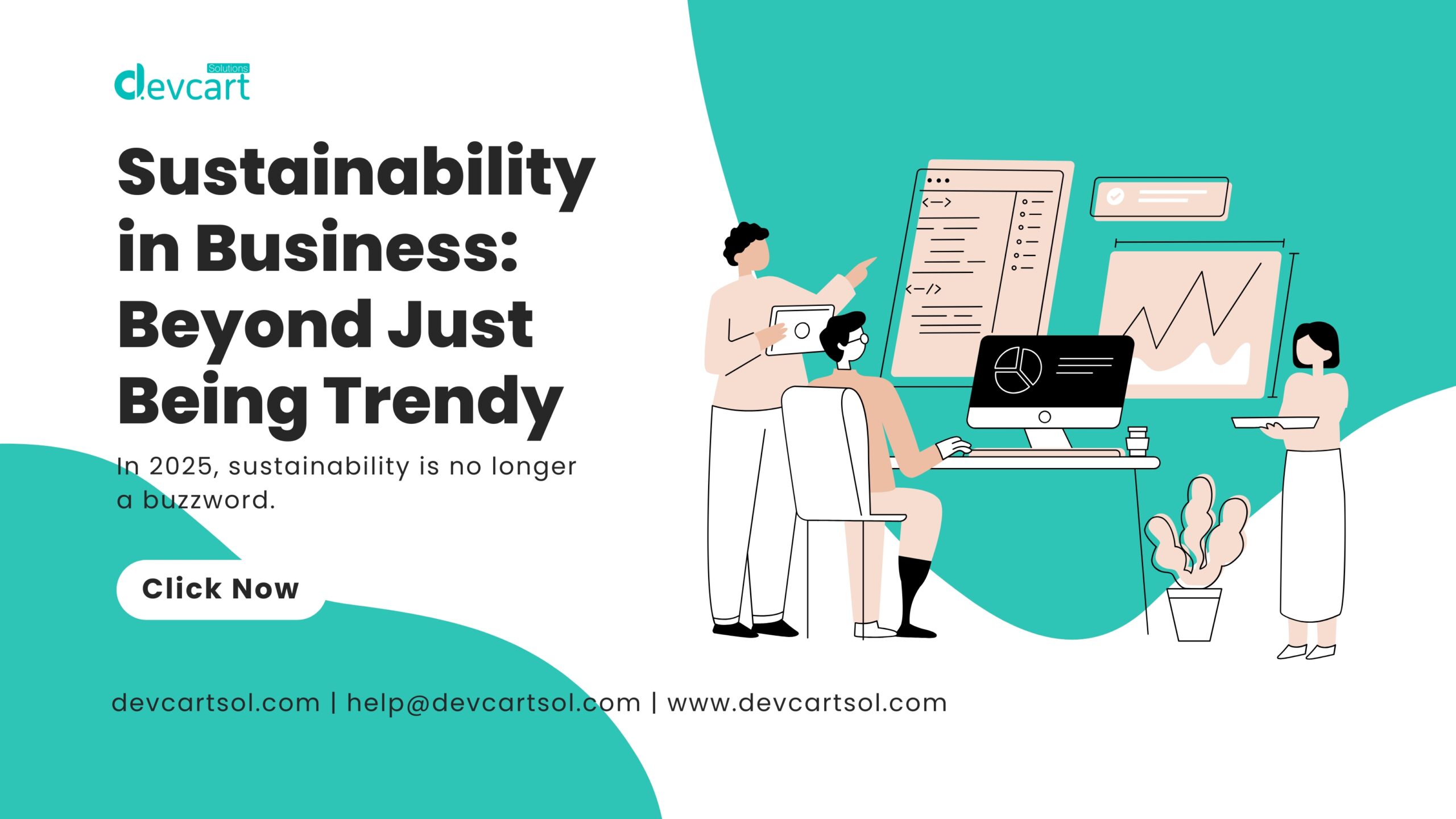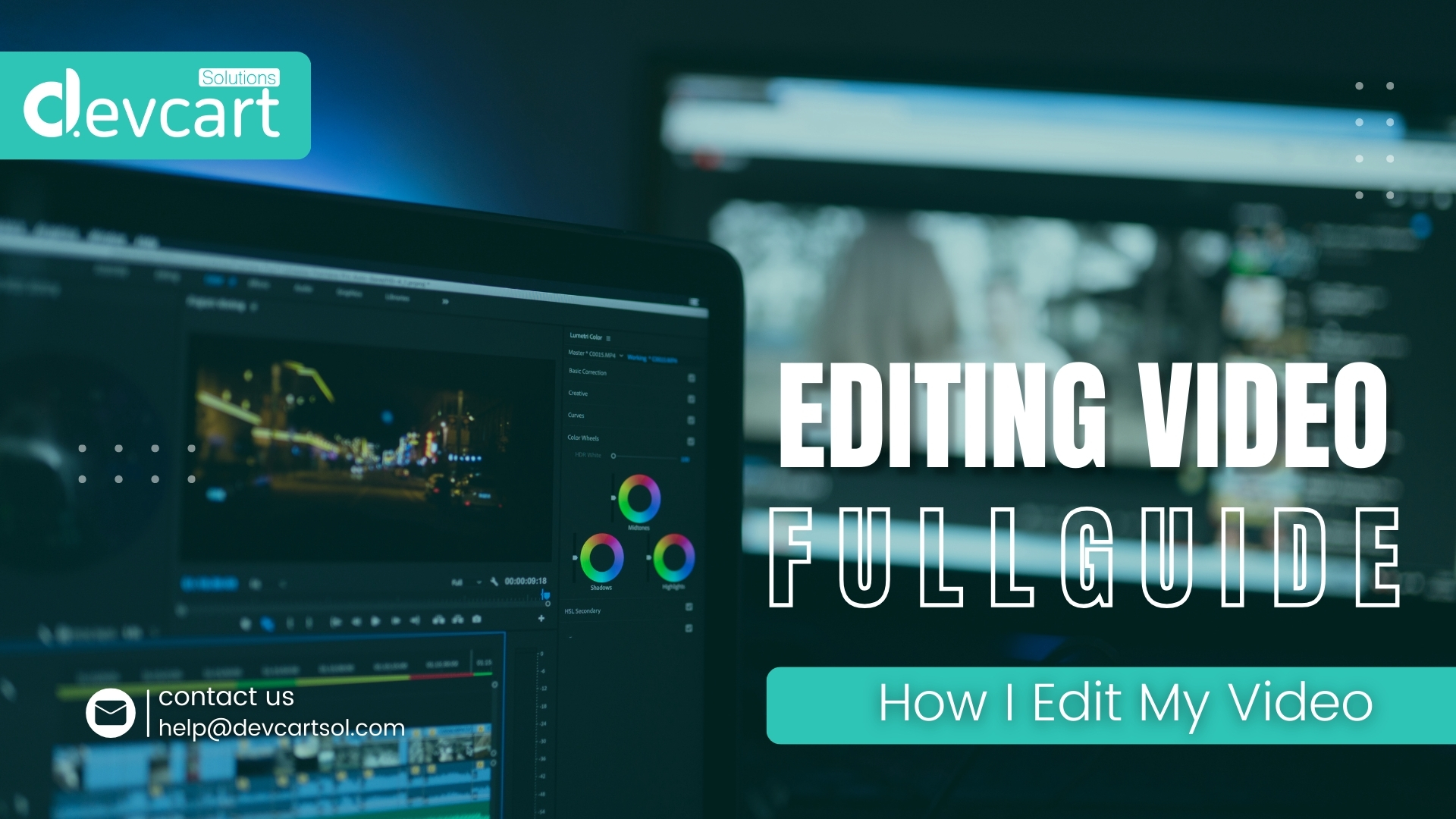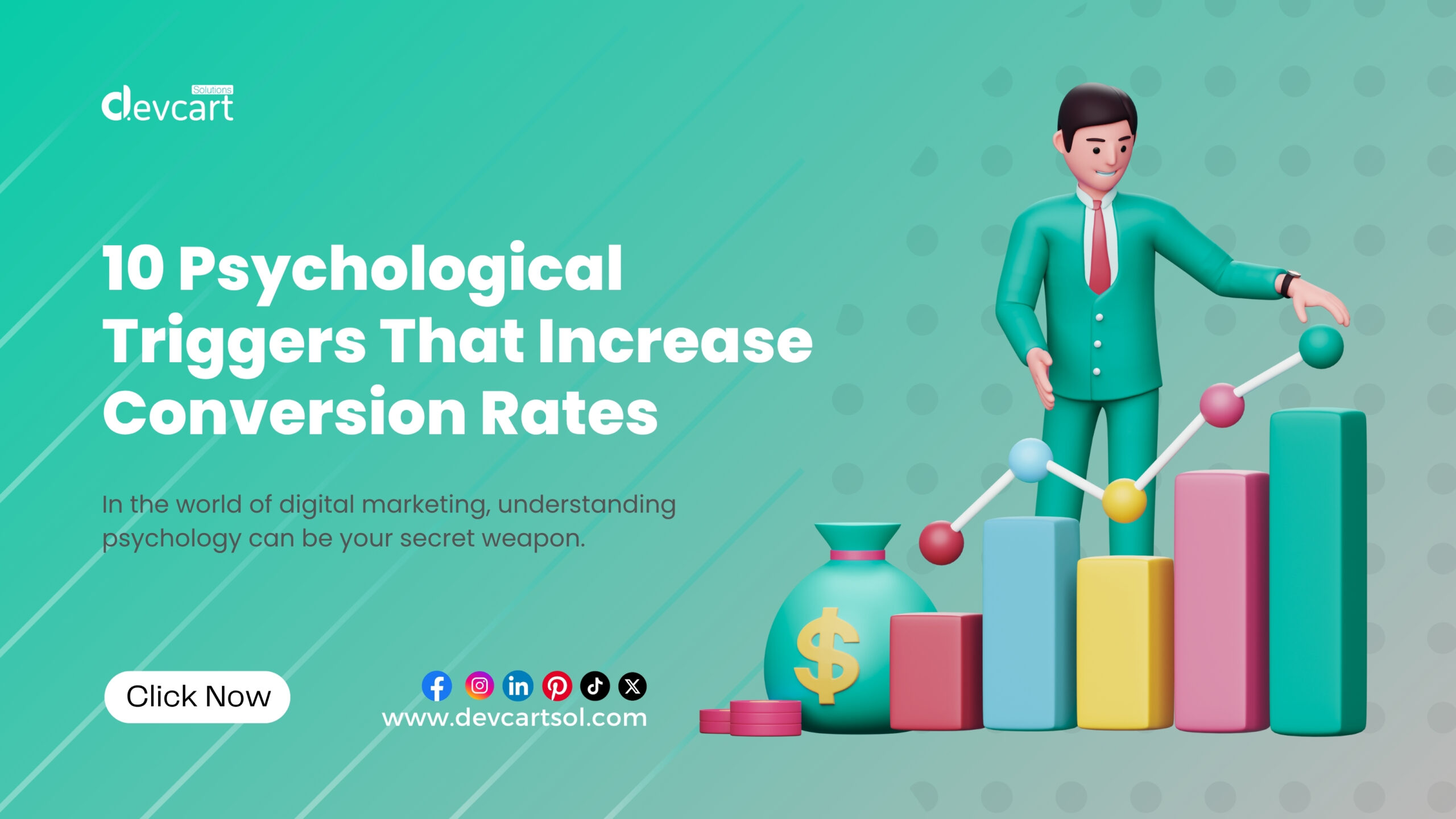In the world of digital marketing, understanding psychology can be your secret weapon. Why? Because behind every click, signup, and purchase is a human being driven by emotions, biases, and subconscious triggers.
If you want to boost your conversion rates, it’s not just about catchy headlines or sleek designs — it’s about appealing to the mind of your audience. Below are 10 psychological triggers you can use to influence your customers and drive more conversions.
1. Scarcity
When something seems limited, people are more likely to take action. Words like “Only 3 left!” or “Limited-time offer” create urgency and make customers feel they must act now — or risk missing out.
2. Social Proof
We’re wired to follow the crowd. Testimonials, reviews, user-generated content, and statistics (“Over 10,000 satisfied customers!”) reassure prospects that others have trusted and benefited from your offer.
3. Authority
People tend to trust experts, leaders, and credible brands. Adding certifications, endorsements, press mentions, or showcasing thought leadership establishes you as an authority, which builds trust and confidence.
4. Reciprocity
When you give something valuable for free — like a free guide, a consultation, or a sample — people feel a subtle obligation to give back. This can lead them to subscribe, purchase, or recommend you.
5. Loss Aversion
We fear losing more than we enjoy gaining. Highlight what your audience might lose by not acting (like time, money, or opportunities) rather than just what they gain. Example: “Don’t miss out on your 20% discount — offer ends tonight!”
6. Anchoring
Our minds latch onto the first piece of information we see. Use this by showing a higher “original” price next to the discounted one, or offering tiered pricing to make your mid-range product seem like the best value.
7. Commitment & Consistency
Once people commit to something small (like signing up for a newsletter), they’re more likely to continue with larger commitments (like making a purchase). Start with easy, low-barrier actions and build from there.
8. Curiosity
Humans are naturally curious. Phrasing your copy to spark intrigue — like “The secret to doubling your sales revealed…” — compels people to click, explore, and engage.
9. Storytelling
Stories are powerful because they connect emotionally and make information memorable. Instead of listing features, share a story about how your product transformed someone’s life or solved a big problem.
10. Belonging
We all want to feel part of something. Show how your product or brand aligns with your customer’s identity, values, or a community they aspire to join. Example: “Join thousands of entrepreneurs building their dream businesses with us.”
Final Thoughts
By incorporating these psychological triggers into your marketing strategy, you’ll be able to appeal to your audience on a deeper level and drive more conversions. Remember: it’s not about manipulation — it’s about understanding human behavior and offering value in ways that resonate.
Start small. Test one or two of these triggers in your next campaign and watch the results speak for themselves.


